Latest
Creating Bass Lines – Part 2 by Rhayn Jooste

 Creating Bass Lines – Part 2 by Rhayn Jooste (View Part 1)
Creating Bass Lines – Part 2 by Rhayn Jooste (View Part 1)
Connecting the Dots
Now comes the fun part, connecting the changes. Once you have formulated the main rhythmic pulses and nailed the changes, connecting them smoothly is the next step. This is where knowing your scales and arpeggios along with knowing your fretboard comes in to play. The axiom – Knowledge is power comes into full effect. There are two approaches to this: First, position playing and second, converting the fretboard into the key signature. I use both but generally tend towards conversion, its safer and you will generally never hit a bum note (most of the time).
Position playing is exactly what it says: staying in one position and playing the changes. It relies on you remembering box shapes. However that’s about as far as most players get. You should also get to know the names of the notes within them as well. How else will you know which notes to target? So I would suggest getting to know your CAGED system shapes, all of them!
The conversion method is where you manipulate the natural notes along strings and hopefully the entire fretboard into a key. This does involve more brainpower but once you have learnt your fretboard you never struggle for finding the right notes. e.g. G major = 1 sharp which is F# – so all F’s get sharpened (move 1 fret to the right). The best way to get used to this system is to run 1 and 2 string scales, up and down the fretboard. Then try arpeggios across 1 string. See if your brain can keep up with your hands.
A good test for both systems is the ability to playing one-string scales or box shapes in a cycle of four or five, across key centers.
Timbre and tone: This step is where you make the decision to go low or high in the arrangement of your song. Style, tempo and instrumentation will guide your choice here. One thing to keep in mind is sonic scope; the bass range is large (a standing low E wave is actually 27 feet or 8.33 meters while a low B has a wave that’s 36 feet plus). So don’t just sit on the bottom two strings, use the other notes as well. Listen to the other instruments: Are you in a band with a seven-string guitar? What about the keyboard player; what bass line is he playing? Sometimes the music calls for low bass, a lot of hard rock and metal styles do. However some styles just do not. Keep in mind fretted notes are easier to control and in, say a funk line, allow you the option of staccato notes or even percussive beats. So you would not tend to use open strings as much or would need to control them a lot more.
Between a Rock and a Hard Place
So you have done all the hard work, got an awesome bass line and you roll up to the next rehearsal to dazzle the band only to be told: “Um… could you play root notes please!” or “Something simpler would be better!” What the…!
The bassist’s role in any band is a difficult tight rope between playing the harmony and keeping the groove going. Added to which you have to fit in with the other harmonic instruments, such as guitars and more importantly the vocals. Sometimes keeping it simple is key. So where do you get to be creative? Generally moments of creativity exist in certain sections or (more commonly) the end of sections or phrases where a run is needed. Possibly even when the drums finally come to a stop. However these moments are few and far between in most songs, so savor them. That’s not too mean you can’t be creative, it just means you have to channel and focus the ideas and creativity a lot more than say the guitarist, who will probably get away with long meandering solos, with wrong notes or rhythms misplaced; as its almost expected of them. This is not expected of the bass player. The bass is the foundation of most songs and needs to be steady, as all other instruments sit on top of it and rely on it for their road maps. Most vocalists pitch their note off your line through each chord. Yeah, that dratted the root note is actually quite important. So when you go wrong, so do they!
Rhythm is King
So what do you do when all you have facing you is, 16 bars of I IV V (or worse). You utilize rhythm. Changing the placement of notes with in a song structure is the difference between a song that sounds like its been manufactured and one that has groove. Find creative ways of approaching root note (that’s your walking bass line), Find ways to hold off on certain beats (that’s your funk line). Maybe the song calls for the notes to be punchy and percussive (that’s your pop and slap line). There are a myriad of ways to approach the musical situation you are in, you just need to be aware of them.
Always record your parts; that way you can step back and listen objectively when and evaluate how the bass lines sit in the arrangement. If you can, get the drummer to make a rough demo of his part so that you can formulate your ideas around what is actually being played and not a drum machine copy. Remember that your parts are important and it sometimes has to be kept simple. Bass is the foundation for modern music. The style and mood of the piece will dictate the part more than anything else but so will the knowledge you have under your fingers and in your muscle memory.
Standing On The Shoulders Of Giants.
A final thought: It’s your knowledge of other players lines that will pay off the most when it comes to creating lines of your own. Bass players have been playing root notes for years, so why not use their ideas on how to approach getting it right. Find a Chuck Rainey line to crow bar into a metal song. Or maybe there is a Stanley Clarke harmonic idea that will work great as in intro. I am not advocating out right theft, as that is too obvious. What I suggest is you have a toolbox of ideas you can call on. So that when you do its a case of massaging the notes into your musical situation or key. The bottom line is by studying those that have gone before you; you will have a greater palette of how to choose the correct notes, what rhythms work best or even what tone to use. Eventually you will start to craft your own lines with little or no effort.
Example two: Enigma.
I have utilized a Sankara ballad, called Enigma, to highlight all that I have gone over in the last 2 months articles. The key is D major however the harmony is B aeolian for the most part, except the bridges, which are D, major proper.
It was originally written by the singer Gareth Jones and is primarily a piano based piece. The demo I was given had a simple bass line that always hit all the root notes and had semi quavers running through the bridges, with the B to C# slur. The bare bones of the verse part was in place I added one substitution, because the chorus chord progression is exactly the same as the verse, the arpeggio walking, the slurs and along with syncopating the bass part through out the song. I allowed the bridge part to breathe with some rhythmic spacing of the notes and added 6 string idiosyncratic ideas (2 part harmony, hammer ons and some chordal diads). The fills were added to give more interest to section changes.
The bass part syncs in heavily with the bass drum beats in the verse and is almost a feature of that section (there is very little going on around it or in its frequency) and so has to be rock steady. Arpeggios are used to distinguish the verse from the chorus where a root to fifth approach to texture was used. The chorus is a simple root note bass line that locks into the bass drum beats as tightly as is humanly possible.
I used a 6 string bass guitar on this piece as it gave me more range to my note choices from a low B to a high D as well as giving me the option for chords. Each section (and its variations) has changes in language, range, rhythms or texture to create interest and move the song along. See notes in the music for details.
Gear News
New Gear: Spector Doug Wimbish USA Custom Series Basses
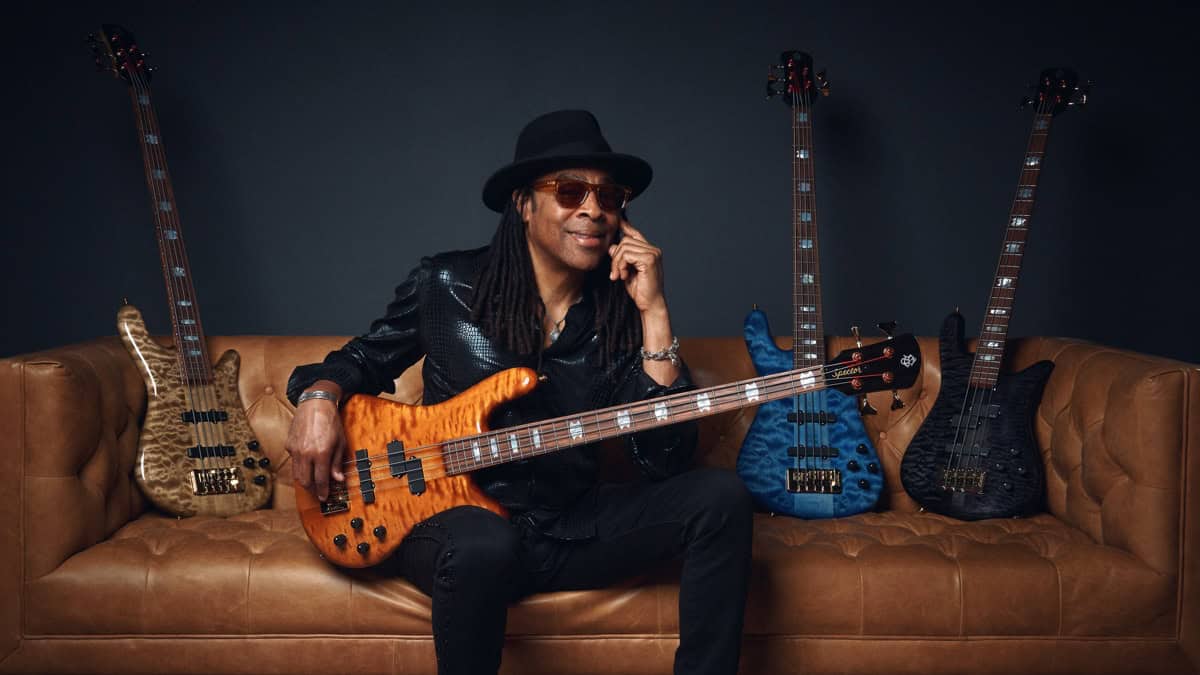
Spector offers Doug Wimbish USA Custom Series basses…
Spector, a leading authority in bass guitar design, unveils two new Doug Wimbish USA Custom Series basses. Synonymous with bass excellence since 1987, Wimbish collaborated with Spector’s USA Custom Shop to create the DW-4 and DW-5 models, echoing the iconic instruments that have been favored heavily throughout his recording and performing career.
These signature basses faithfully replicate Wimbish’s originals, down to the smallest details like neck contours and nut widths. Customized EMG pickups, developed in collaboration with Wimbish, capture the distinctive sound that has shaped his monumental musical impact. These models invite players to explore the feel and response that have defined Wimbish’s signature style over the years.
Available in 4-string and 5-string versions, each model boasts unique features & finish options. The DW-4 comes in Amber Stain Gloss and Black Stain Gloss options, while the DW-5 offers Dark Blue Stain Gloss and Faded Natural Gloss. Every purchase includes a certificate of authenticity signed by Doug Wimbish. Wimbish comments, “Spector took the time to get every little nuance right, and that to me is dedication and being thoughtful enough to know ‘I want to nail it,’ and they did. I’m able to pick these instruments up for the first time and play them like I’ve already had them for years.”
For more information, visit spectorbass.com/doug-wimbish-usa-signature-series/.
Photo: Doug Wimbish, pictured with the new Spector Doug Wimbish USA Custom Series basses
Bass CDs
New Campaign: Alberto Rigoni, Nemesis Call – Queens Of Strings
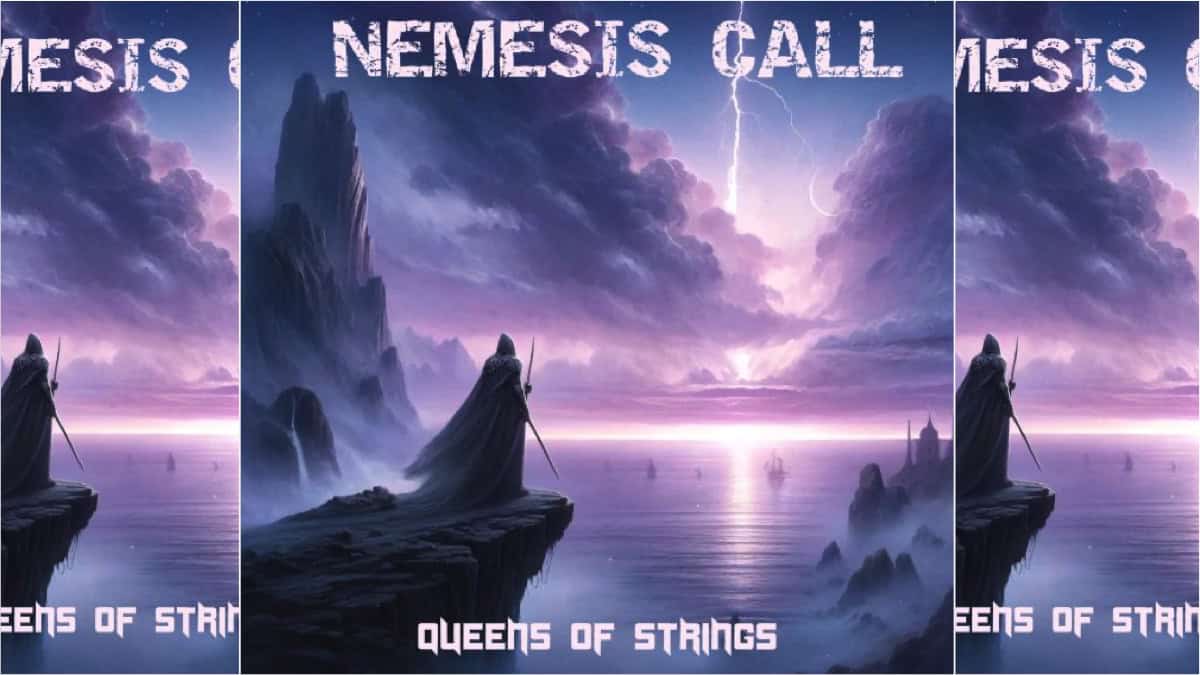
Italian bass master and composer ALBERTO RIGONI is thrilled to announce his brand new project “Nemesis Call – Queens Of Strings”.
Nemesis Call – Queens Of Strings features a super talented drummer from Japan (TBA) and tons of female guitarists such as SAKI, Giusy Busetto, Alexandra Zerner (TBC) and many many others (TBA). Furthermore, Alberto has also launched a Fundraising Campaign for the project. 20% of the income will be donated to Lega del Filo d’Oro legadelfilodoro.it/it, an Italian association that helps deaf and blind children!
Alberto shares:
“Hello friends and music lovers! I’m Alberto Rigoni, an Italian composer and.. a BASS GUY! Between 2008 and 2024 I released 13 solo albums, spanning from progressive, rock, ambient to funky and experimental music, which also features contributions from musicians such as keyboard wizard Jordan Rudess (Dream Theater) drummer Gavin Harrison (Porcupine Tree) and Marco Minnemann (the Aristocrats), keyboardist Kevin Moore (ex Dream Theater), singer John Jeff Soto (ex Goran Edman (ex Y. Malmsteen), bassists Nathan East, Stu Hamm (Joe Satriani), Nik West (ex Prince) and many others. I’m also bass player for BAD As, Sunset Groove Society, Kim Bingham, The Italians bands and co-producer of Mistheria’s Vivaldi Metal Project.”
Alberto on the new project Nemesis Call:
“Even if my latest album “Unexpected Lullabies”, dedicated to my newborn Vittoria Parini Rigoni, will be released on June 4th, 2024, when Vittoria came to life I felt the need to compose new music (yes, I really can’t stop!!!!!). This time will be quite challenging because I’m willing to release an instrumental ambient/prog/rock/metal album, that will feature a talented and young drummer (TBA) and tons of female guitarists (that’s why I will call the album “Queens of the Strings”) such as Alexandra Zerner, YOKA and many others (TBA/TBC)). It won’t be easy to manage all such great musicians but I will make it!! Are you ready to face a new prog experience? The album will be released in Digipack CD and in high-quality digital format approximately at the beginning of 2025.”
The Fundraising Campaign:
As an independent artist, Alberto is looking for supporters who can help him reach the budget for the production (recordings, mix, mastering, artwork etc.) of this new album and has started this fundraising campaign that will end successfully on October 15th, 2024.
Get further information about Alberto Rigoni’s new project Nemesis Call Fundraising campaign at albertorigoni.net/nemesiscal
Bass Videos
Artist Update With Bassist Derek Frank
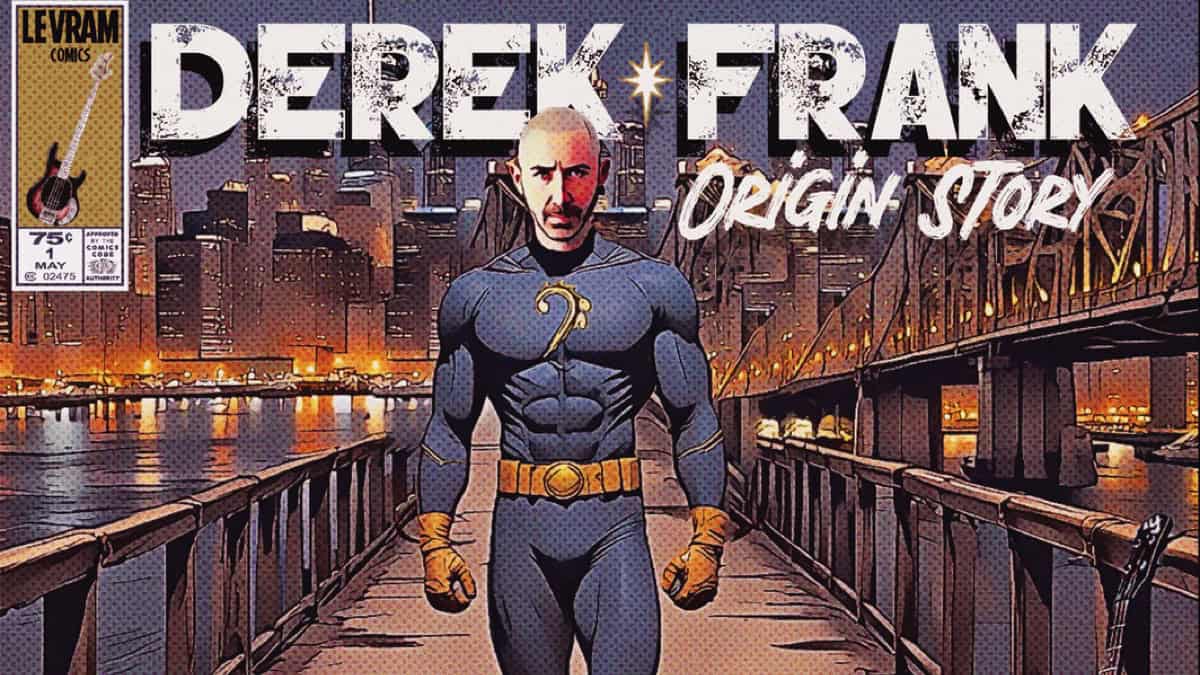
Bassist Derek Frank…
Many of you will remember the last time I chatted with Derek Frank was back in 2017. The main thing that impressed me was how busy Derek was and how he juggled playing with many huge acts.
Now, I am happy to hear that Derek launched a new album last March titled “Origin Story” where he digs deep into his roots and pays homage to Pittsburg.
Join me as we get caught up after all these years and hear the details about the new album, how Derek gets his sound, and his plans for the future.
Photo, Stephen Bradley
Featured Videos:
Visit Online:
www.derekfrank.com
www.instagram.com/derekfrankbass
www.youtube.com/derekfrankbass
www.facebook.com/derekfrankbass
Latest
This Week’s Top 10 Basses on Instagram
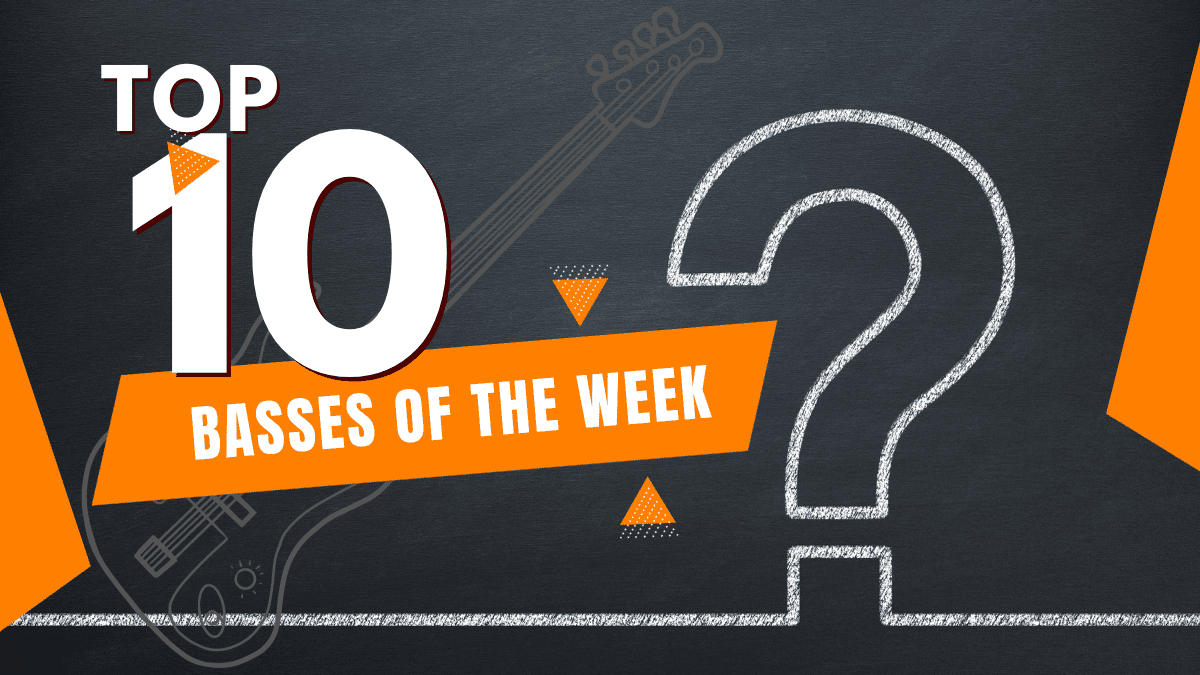
Check out our top 10 favorite basses on Instagram this week…
Click to follow Bass Musician on Instagram @bassmusicianmag
FEATURED @foderaguitars @bqwbassguitar @lecomptebass @xvector_basses @vuorensaku_guitars @phdbassguitars @meridian_guitars @sterlingbymusicman @ramabass.ok @overwaterbasses
Gear News
New Gear: Alberto Rigoni Signature Bass, the VPR5 by Gaetano Costanzo!
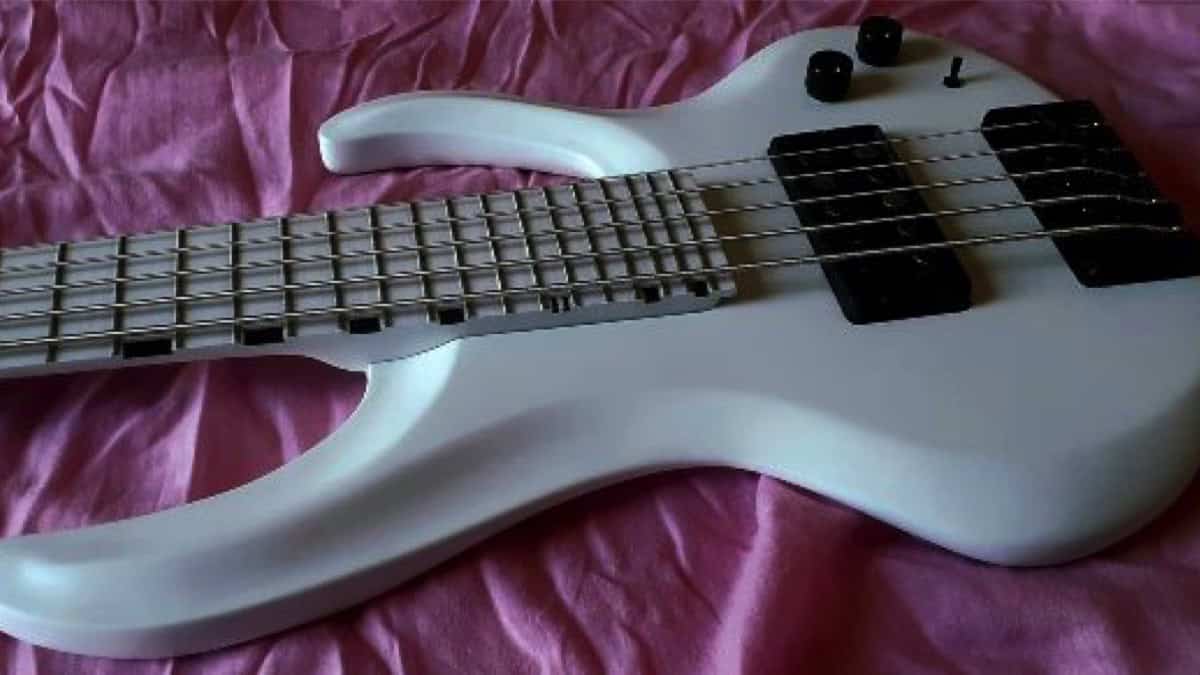
Alberto Rigoni Signature Bass, the VPR5 by Gaetano Costanzo!
Internationally renowned bassist ALBERTO RIGONI (soloist, BAD AS, Vivaldi Metal Project, TwinSpirits, etc.) is proud to announce the release of his signature bass VPR5 made by renowned Italian luthier Gaetano Costanzo!
The bass is entirely handmade in Italy, without the use of CNC or other machinery, and has rather special features. The VPR is a 5-string bass (but also available as a 4-string) with 30 frets, Seymour Duncan pickups, Music Man Alnico style, passive electronics (volume, tone and a switch to select series/parallel/single-coil mode), alder body, and American maple neck and fingerboard. Gotoh tuners that ensure perfect intonation. The bass is totally painted white (nitro finish) but other colors can be requested. The VPR has a weight of about 2.9 kg and suitable for any genre.
For more information contact Gaetanobass77@gmail.com or visit online at www.instagram.com/gaetanocostanzoluthier or www.facebook.com/GaetanoCostanzoLuthier















